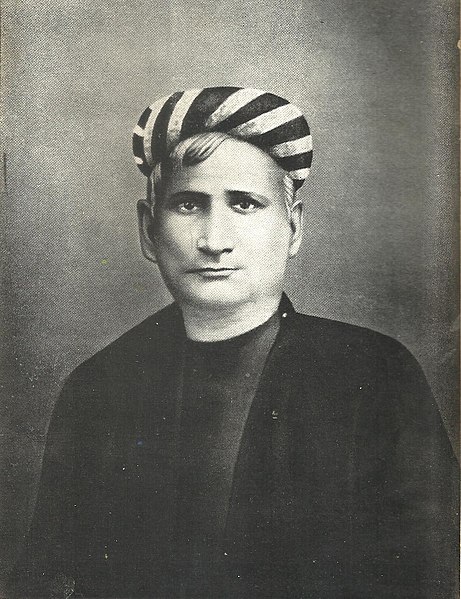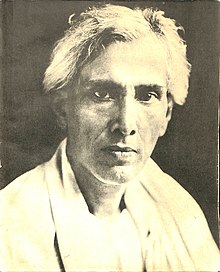Bankim Chandra Chattopadhyay, commonly known as the father of modern Indian literature, was born on June 27, 1838, in the village of Kanthalpara in Bengal Presidency, British India. Chattopadhyay’s works, particularly his novels, have significantly influenced the Indian literary tradition and inspired nationalistic sentiments throughout the colonial era.
Early Life and Education
Bankim Chattopadhyay was born into a Brahmin family. His father, Yadav Chandra Chattopadhyay, was a government officer, and his mother, Durgadevi Chattopadhyay, was a woman of great religious faith and education. Chattopadhyay grew up in a conventional Hindu family and was significantly influenced by the culturally affluent religious environment of Bengal.
He finished his early education at Midnapore and then went to Calcutta for further studies. In 1857, he received his Bachelor of Arts degree from the University of Calcutt. He was fluent in Bengali, English, Sanskrit, and Persian, which greatly contributed to his literature.
Career
Bankim Chattopadhyay was employed as a government officer at the Presidency College in Calcutta after completing his education. However, his lifelong interest in writing soon led to an overwhelming passion for literature. He initially worked as a supernatural writer for several journals and newspapers, including the well-known Tattvabodhini Patrika.
Literary Contributions
Bankim Chandra C hattopadhyay launched an unstoppable journey as a novelist with his first novel Durgeshnandini published in 1865. The historical romance novel portrays the hostile connection between the Hindu and Muslim realms of middle-era India. It heralded a fresh epoch in Bengali writing and was quickly accompanied by other novels such as Kapalkundala in 1866 and Mrinalini in 1869, all of which helped to establish him as a prominent novelist.
The most important contribution of Bankim Chattopadhyay to Indian literature, however, was made when he published Anandamath in 1882. The story of Anandamath was set against the backdrop of the disastrous famine in Bengal which occurred in the year 1770. The Sanyasi Rebellion of 1772 soon followed after the famine. The story not only became popular among the people because of the Marathas and the narrative style but also filled people with a sense of patriotism and nationalism. Anandamath was the source of the song Vande Mataram which would become the anthem for the struggle to gain independence from the British.
In addition to novels, Bankim Chattopadhyay also wrote many essays and articles describing social, cultural, and political events of his time and expounding his ideas on the construction of the nation. Bankim Chandra Chattopadhyay retired from service in 1891 and spent the rest of his days writing and engaging in social activities.
In the later stages of his life
Bankim produced some of the finest works of his lifetime with novels like Devi Chaudhurani in 1884 and Sitaram in 1887. with the death of Bankim Chandra Chattopadhyay on April 8, 1894, one of the most inspirational beings of his time was lost. His work in the field of literature and the unity that he brought to his people through his works still inspires the current generation. Need I say more?
Conclusion
Bankim Chandra Chattopadhyay’s life and works represent a powerful reflection of his lasting and invaluable contribution to Indian literature. His novels are highly praised and revered for their literary magnificence as well as their transformative role in the whole socio-cultural terrain of the country. Celebrating his life and achievements universe, we reinstate the critical importance of expressive art in society’s transformation.


